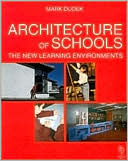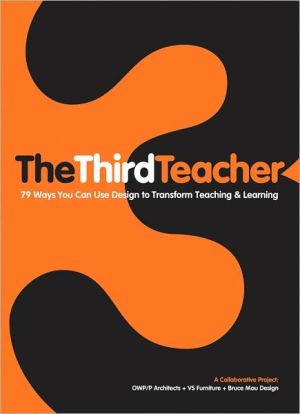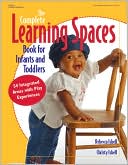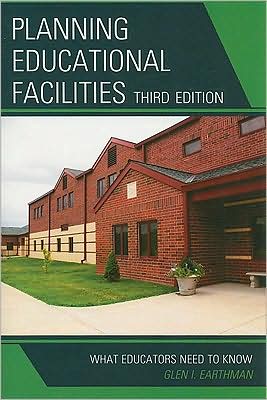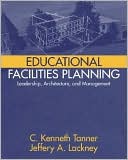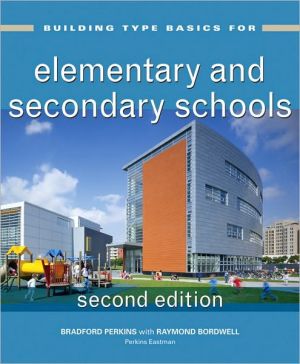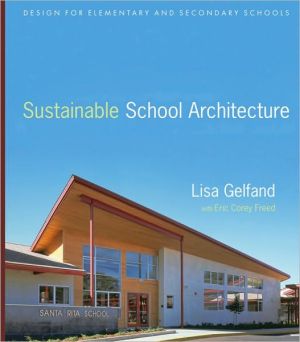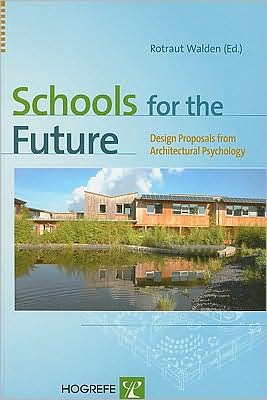Architecture of Schools: The New Learning Environments
Search in google:
This is the standard design guide on schools architecture, providing vital information on school architecture.Mark Dudek views school building design as a particularly specialised field encompassing ever changing educational theories, the subtle spatial and psychological requirements of growing children and practical issues that are unique to these types of building. He explores the functional requirements of individual spaces, such as classrooms, and shows how their incorporation within a single institution area are a defining characteristic of the effective educational environment.Acoustics, impact damage, the functional differentiation of spaces such as classrooms, music rooms, craft activities and gymnasium, within a single institution are all dealt with. More esoteric factors such as the effects on behaviour of colour, light, surface texture and imagery are considered in addition to the more practical aspects of designing for comfort and health.Chapter 4 comprises 20 case studies which address those issues important in the creation of modern school settings. They are state of the art examples from all parts of the world. These examples include: Pokstown Down Primary, Bournemouth; Haute Vallee School, Jersey; Heinz-Galinski School, Berlin; Anne Frank School, Papendract, Netherlands; Seabird Island School, British Columbia and The Little Village Academy, Chicago.*Provides a detailed design guide on schools and sets the standard for future design*International and well-illustrated case studies show the theory put into practice Booknews Dudek (University of Sheffield) considers school building design as a particularly specialized field encompassing ever-changing educational theories, the subtle spatial and psychological requirements of growing children, and practical issues that are unique to these types of buildings. He explores the functional requirements of individual spaces such as classrooms, music rooms, craft areas and the gymnasium, and the dynamics of their incorporation within a single institution as a defining characteristic of the educational environment. More esoteric factors are also discussed, such as the effects of color, light, surface texture and imagery on behavior. Twenty case studies round out the book. Annotation c. Book News, Inc., Portland, OR (booknews.com)
Origins and the significant twentieth century developments; The Educational Curriculum and its implications; Making the case for architecture in schools; The community in school and school in the community; Case Studies
